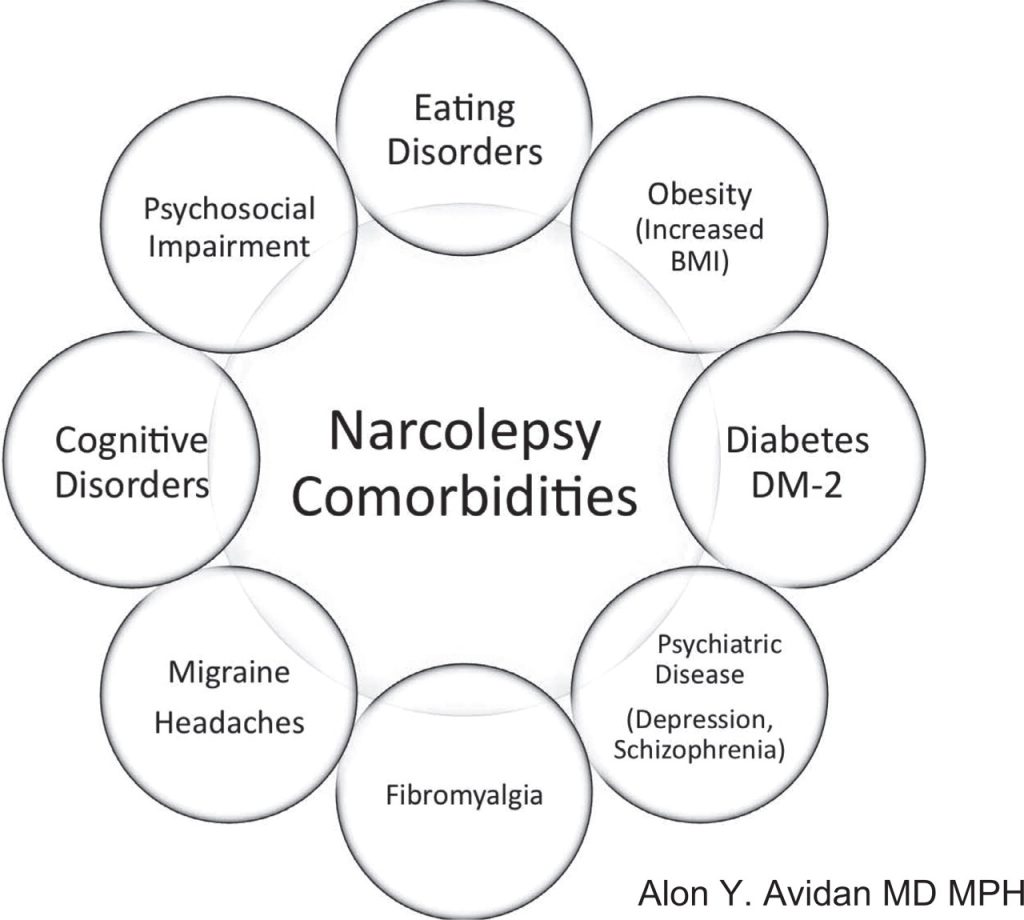

4 Knowing this information serves an important aid to the diagnostician who will attempt to distinguish cataplexy from events such as syncope and atonic seizures. 3 Cataplexy is felt to recapitulate this overall pattern, with some speculating that, despite the absence of volitional activity of skeletal muscles caused by spinal inhibitory interneuronal suppression, there is preservation of eye movements. 2 Interestingly, in healthy REM sleep, even during generalized atonia, there is preservation of eye movements, as well as general autonomic functions (respiration, sphincter tone, etc.). Cataplexy is characterized by transient muscle atonia, focal or generalized, and is a reflection of partial intrusion of the normal muscle atonia seen in healthy rapid eye movement (REM) sleep. Cataplexy is felt to be one such example, a hallmark feature found in narcolepsy type 1 1 (formerly referred to as narcolepsy with cataplexy). The prevailing pathophysiological concept of narcolepsy is one of sleep-wake instability, whereby elements of sleep physiology can impose themselves on wakefulness and vice versa. This example of cataplexy is also quite characteristic of the “cataplectic facies.” The ability to observe the infrequently observed phenomenon of cataplexy serves as a reminder that consciousness is preserved, as are extra-ocular muscle movements. The diagnosis of cataplexy is often missed, due to clinicians being unfamiliar with the findings and the lack of ability to induce sufficient emotional responses to trigger an episode. Despite generalized and severe weakness and areflexia during this patient's cataplectic events, she was able to volitionally move her eyes, which is consistent with the physiology of REM sleep. Cataplexy recapitulates this pattern, and is often induced by extreme emotions, laughter in this case. Healthy REM sleep includes generalized atonia, but with preservation of eye movements, respiratory function, and sphincter tone. The prevailing pathophysiological concept of narcolepsy details “partial intrusions of REM” sleep into wakefulness. A clinical diagnosis of narcolepsy was made. She also reported hypnogogic/hypnopompic hallucinations, sleep paralysis, and disrupted nocturnal sleep.


She had a life-long history of two types of events: periods in which she would rapidly and uncontrollably lapse into unconsciousness, and spells in which she would “pass out” but maintain consciousness, the latter happening with increasing frequency in association with laughing, as of late. A patient was transferred for management of “medication-refractory seizures” after failure of levetiracetam and valproate dual therapy.


 0 kommentar(er)
0 kommentar(er)
